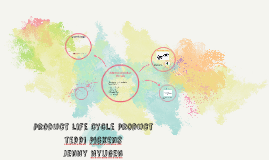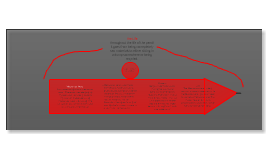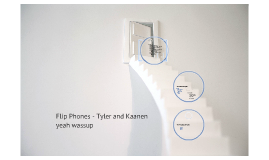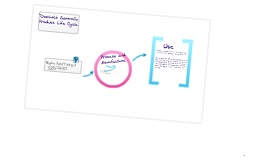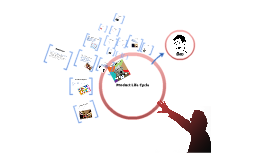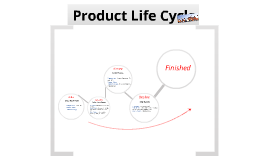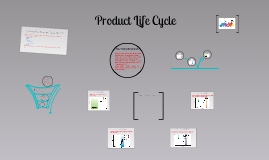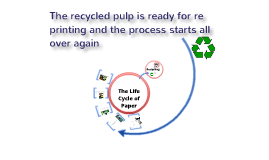Product Life Cycle
Transcript: Dominick Gammello Product Life Cycle Raise And Extract Originated from a seed which grew...obviously, into a tree. And the tree wood was cut and trimmed to a prism shape. It would be harmful to get because trees are helpful to society. Process and Manufacture At the factory pencil stock is cut into pencil blocks, a bit longer than the normal length of a pencil. The small amount of extra length is called the trim allowance, that bears importance later on in the process. Pencil blocks are cut into pencil slats using specially designed circular saws. These saws are very thin in order to reduce the amount of waste in the form of sawdust. Due to the natural grain and defect of the wood, slats are sorted by width and grade for further processing. Slats without defects are called full ply. Some slats are cut to smaller widths. Pencil Slats are treated with wax and stain to obtain uniform color and improve the machining and sharpening characteristics of the wood for future processing. The slats pass through a final inspection process and then are packaged and shipped to pencil factories. At the factory a machine cuts grooves into the slats to accept the graphite. Writing cores- made from a mixture of graphite and clay - are placed into the grooves. Coloring pencils may use wax-based cores while many other formulations are used in cosmetic pencils. A second grooved slat is glued onto the first making a sandwich- by a machine called a lead layer. The sandwiches are then clamped and held together tightly while the glue dries. Once the glue dries, the sandwiches are transferred to a shaper and are first trimmed to assure that the sandwich is square and that all the pencils will be the proper length. Then the sandwich is machined into pencil shapes such as hexagonal, round or triangular. Individual pencils cut from the sandwich are ready for further processing. Any pencils with defects, such as uncentered leads or chipped wood, are discarded at this point. This leads to the pencil Use Product is carried out of factory ready to stores that purchase the pencils. The pencils are boxed and packaged in the same factory they are finished in and get the brand name and logo and the store then distributes its selling price via how much they payed to get them from the factory. (cc) photo by jimmyharris on Flickr Double click to crop it if necessary (cc) photo by Metro Centric on Flickr doodles Budapest San Francisco notes outlook photo frame Place your own picture behind this frame! Notes (cc) photo by Metro Centric on Flickr Stockholm (cc) photo by Franco Folini on Flickr






